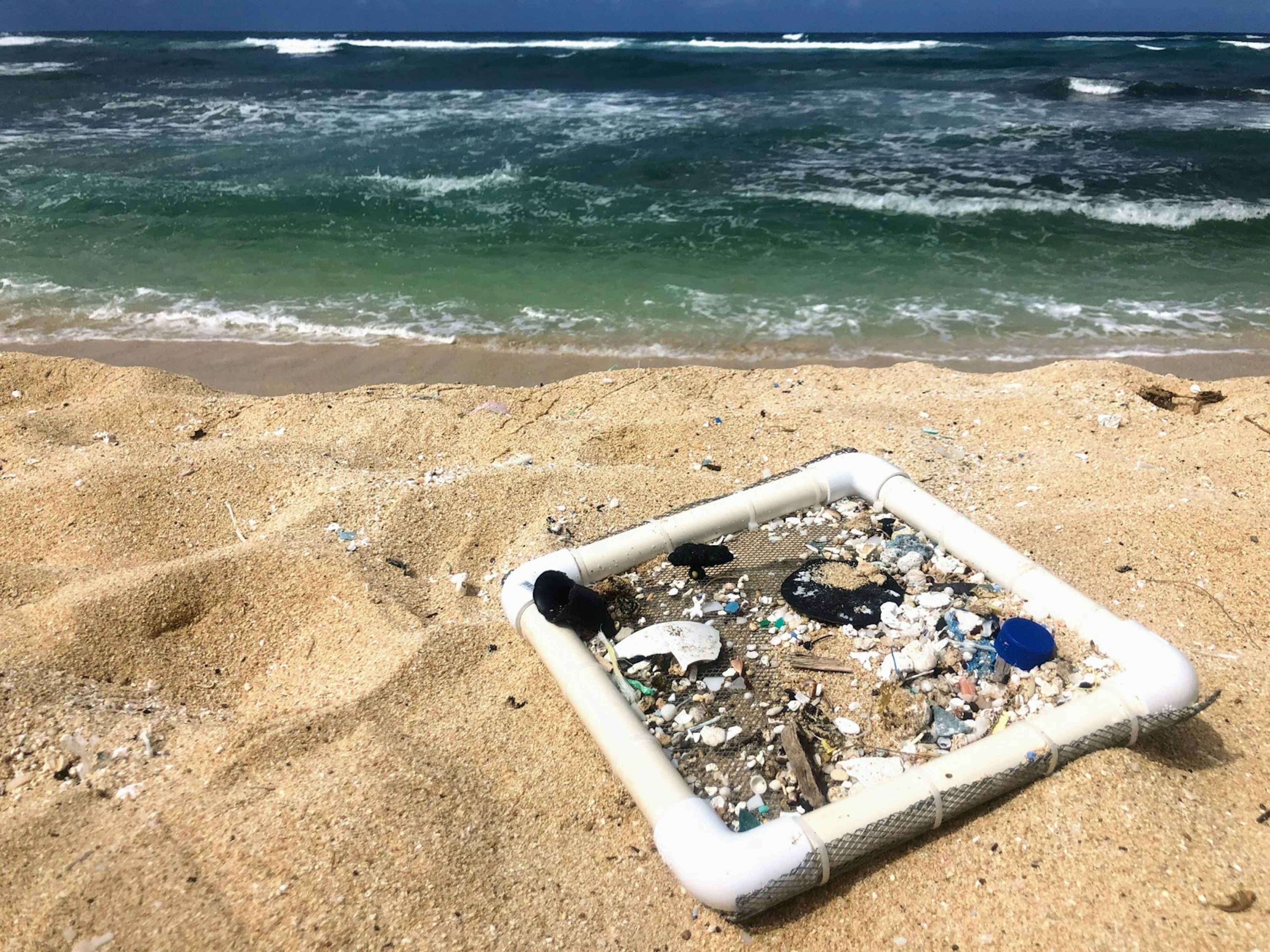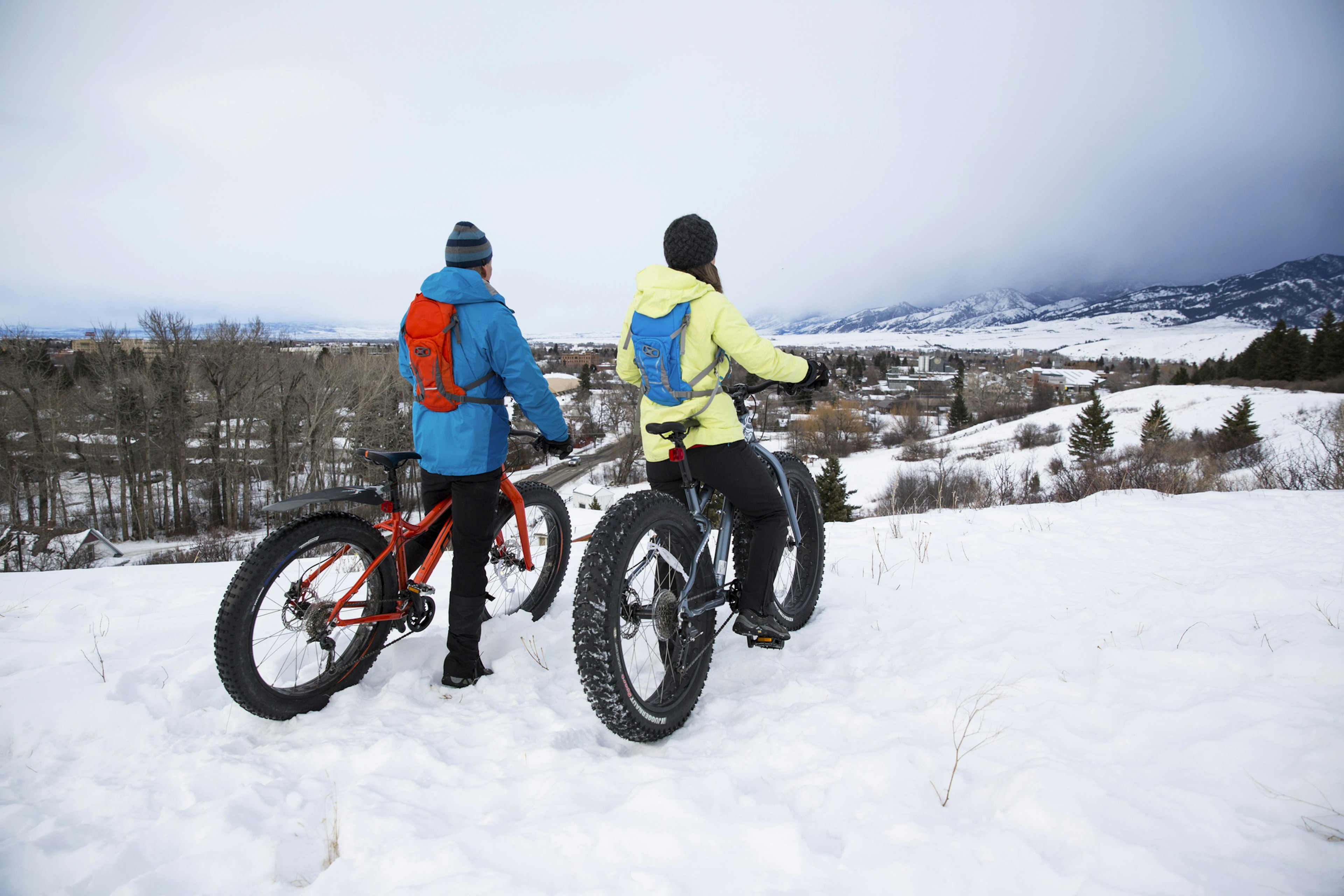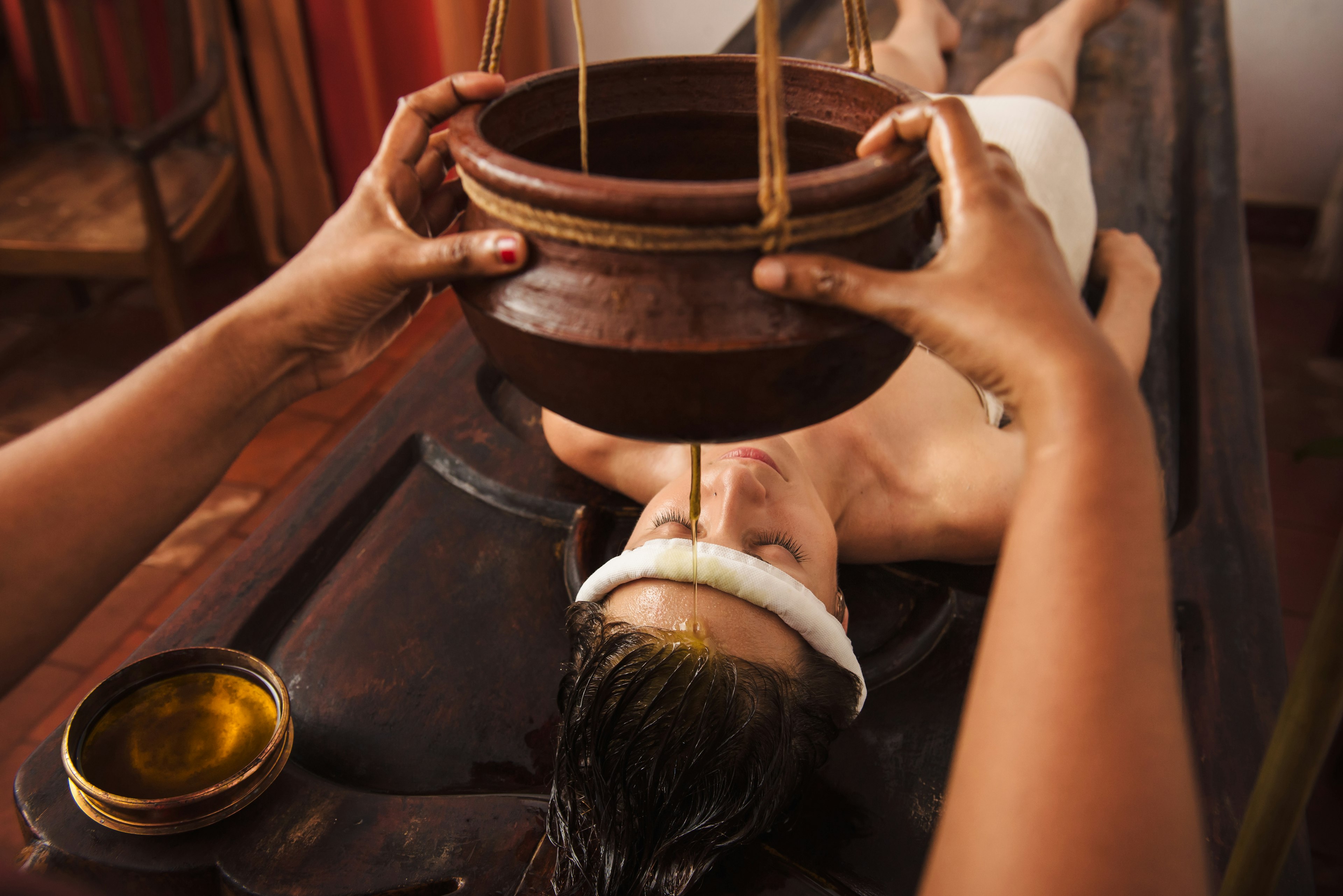Si tu planificas un viaje a Hawaii, no estás solo. Este apartado archipiélago en el Pacífico recibe vuelos y barcos llenos de turistas cada día, sumando cerca de 10 millones al año. Se espera que ese número continúe en aumento, pero a medida que suben los números de visitantes también lo hacen los costos ambientales.
Los elementos que atraen a los viajeros a Hawaii, es decir, la belleza natural y la gente y cultura local, están en peligro de sufrir bajo el peso de 10 millones de visitantes. Así que si te diriges a Hawaii, aquí te mostramos cómo mostrarles a las islas un poco de aloha.

Elige sabiamente
Algo fundamental en la lista de tareas para un viaje es reservar un hogar lejos de casa. Asimismo, es una de las principales formas en las que los viajeros impactan en un destino, para bien o para mal. Opta por lo ‘mejor’ al enfocarte en propiedades que aportan a la comunidad y respetan el medio ambiente, las personas y la cultura.
Surfjack Hotel and Swim Club es un oasis de aloha en el mar de hoteles de concreto y cadenas hoteleras de Honolulu. También es una propiedad dedicada a la conservación medioambiental y cultural. Surfjack fue el primer hotel en Waikiki en eliminar el plástico de un solo uso, pero no extrañarás esas contaminantes botellas desechables: hay recargas ilimitadas disponibles en estaciones de hidratación. También encontrarás dispensadores de protector solar seguro para arrecifes gratis, tiendas emergentes sin plástico de bikinis y accesorios, y sesiones de ‘plática historia’ sobre temas culturales y ambientales.
Mahina & Sun’s – un restaurante de “mar y granja a tenedor” que ofrece sabores hawaianos, productos cultivados localmente y mariscos de origen sostenible – es un punto destacado en Surfjack. El pargo del mar es la estrella obvia, pero ten cuidado: ensaladas creativas como la de pohole (helecho comestible) y el ‘ulu (superalimento de pan) con alioli de chile es tan adictiva que podrías encontrar llenándote con ellas mientras aún pides más porciones.

Invierte localmente
Los visitantes consumen recursos y pueden crear o exacerbar desafíos locales como el tráfico y la degradación de sitios, a tal punto que algunos destinos piden a los turistas que se mantenga alejados y algunos sitios cierran temporalmente o incluso de forma permanente. Pero un turismo bien hecho puede tener un impacto económico positivo. Apoya a los negocios locales y asegúrate de que tu dinero cicla dentro de la economía local.
Toma un bocado fresco en un restaurante familiar como South Shore Grill, cerca del icónico cráter Diamond Head (el pesto de macadamia es imprescindible). Para una noche especial y un sabor de la gastronomía hawaiana, disfruta de una cena en Merriman’s (ubicaciones en Kaua’i, Maui, O’ahu y la isla grande de Hawai’i). Para algo divertido, pide a tu mesero que elija tu plato principal, luego ordena un aperitivo o plato para compartir (el Farm to High Rise Kim Chee en la ubicación de Honolulu es buenísimo) y un cóctel especial. El cóctel No Ka ‘Oi (el mejor) cubierto con puré de lilikoi (fruta de la pasión) lleva su nombre honestamente.
Los mercados de agricultores a lo largo de las islas hacen que sea sencillo comprar fresco y local. Algunos, como el Mercado Nocturno de los Miércoles de Tío Robert en la Isla Grande, tienen música en vivo para que puedas convertir tu excursión de compras en una noche a lo estilo isleño. No te preocupes si bailas hasta sudar; podrás refrescarte con un frío manjar de Nicoco – gelato vegano orgánico hecho de coco, café y cacao de origen local.
También puedes ir directo a la fuente y recorrer una granja en funcionamiento, como ONO Organic Farm.
En la isla de Maui o en la Finca Orgánica y Café Kahumana en O’ahu. Kahumana posee una misión social con enfoque comunitario y colabora con poblaciones vulnerables, por lo que cada dólar que gastas regresa a la comunidad. ¡Levanta una copa de bebida fría de hibisco y hierbas y brinda por eso!

Desplázate con cuidado
El entorno natural de Hawái es delicado, y con 10 millones de visitantes anualmente, está en peligro de ser pisoteado. Hay bastantes formas de desplazarse con cuidado y aloha ‘aina (amar y respetar la tierra).
Hawái fue anfitrión del primer Día Mundial del Arrecife y fue el estado pionero en los EE. UU. en prohibir los protectores solares con oxibenzona y oxtinoxato. La ley entrará en vigor en enero de 2021. Mientras tanto, puedes evitar los protectores solares químicos que contaminan el océano y perjudican la vida marina. Opta por protectores solares seguros para los arrecifes como Raw Elements.
Más consejos: Lleva tu propia botella de agua reutilizable, bolsa y utensilios y di no a los plásticos de un solo uso. No hostigues ni toques la fauna; no solo es perturbador y potencialmente peligroso, en algunos casos (como con las focas monje hawaianas y las tortugas marinas en peligro de extinción) es ilegal. Mantente alejado del arrecife al nadar (tocarlo o estar de pie sobre él lo destruye y puede lastimarte) y sigue los senderos señalizados durante caminatas.
Atrévete a alejarte de las atracciones turísticas importantes para descubrir actividades menos conocidas como partes del Parque Nacional de los Volcanes y baños de bosque en los Jardines Kahulu’u. Respeta los lugares sagrados (sí, eso significa obedecer las señales y vallas incluso si otros visitantes las ignoran. No profanes un sitio sagrado para lucirte en las redes sociales).

Cuida la tierra
En Hawái existe un concepto llamado malama ‘aina, que significa amar y cuidar la tierra. Es seguro que te llevarás más de Hawai’i que solo habilidades para surfear y un bronceado: viajar aporta nuevas experiencias, amigos, inspiración, recuerdos y más. Entonces, ¿por qué no dar algo significativo a cambio?
Lleva una bolsa vacía para recoger basura que encuentres en caminos o playas. Únete a un evento de limpieza de playas con organizaciones locales como 808 Cleanups en la Isla Grande o Sustainable Coastlines Hawaii en O’ahu. Es una excelente forma de conocer e interactuar con una mezcla diversa de locales. 808 Cleanups incluso tiene una aplicación y calendario de eventos que lista limpiezas de playas y actividades como jornadas de trabajo en humedales, restauración de áreas costeras y plantación de limu, algas y algas marinas nativas.
Profundiza y ensúciate las manos en los campos de taro de Ka Papa Lo‘i o Kānewai. Aprenderás sobre métodos de cultivo tradicionales, taro (un cultivo hawaiano culturalmente significativo), e historia hawaiana mientras trabajas junto a los locales. O ofrece tu ayuda con Paepae o He’eia, donde podrías encargarte de recoger basura, eliminar manglares invasores o reconstruir una pared de estanque de peces. El trabajo puede ser arduo, pero la experiencia de unirse a los locales para malama ‘aina es inolvidable.
Recibe más inspiración de viajes, consejos y ofertas exclusivas directamente en tu bandeja de entrada con nuestro boletín semanal. Explora tours de aventura para cada tipo de viajero de nuestros socios de confianza.
https://shop.lonelyplanet.com/products/best-of-hawaii-travel-guide-1















































